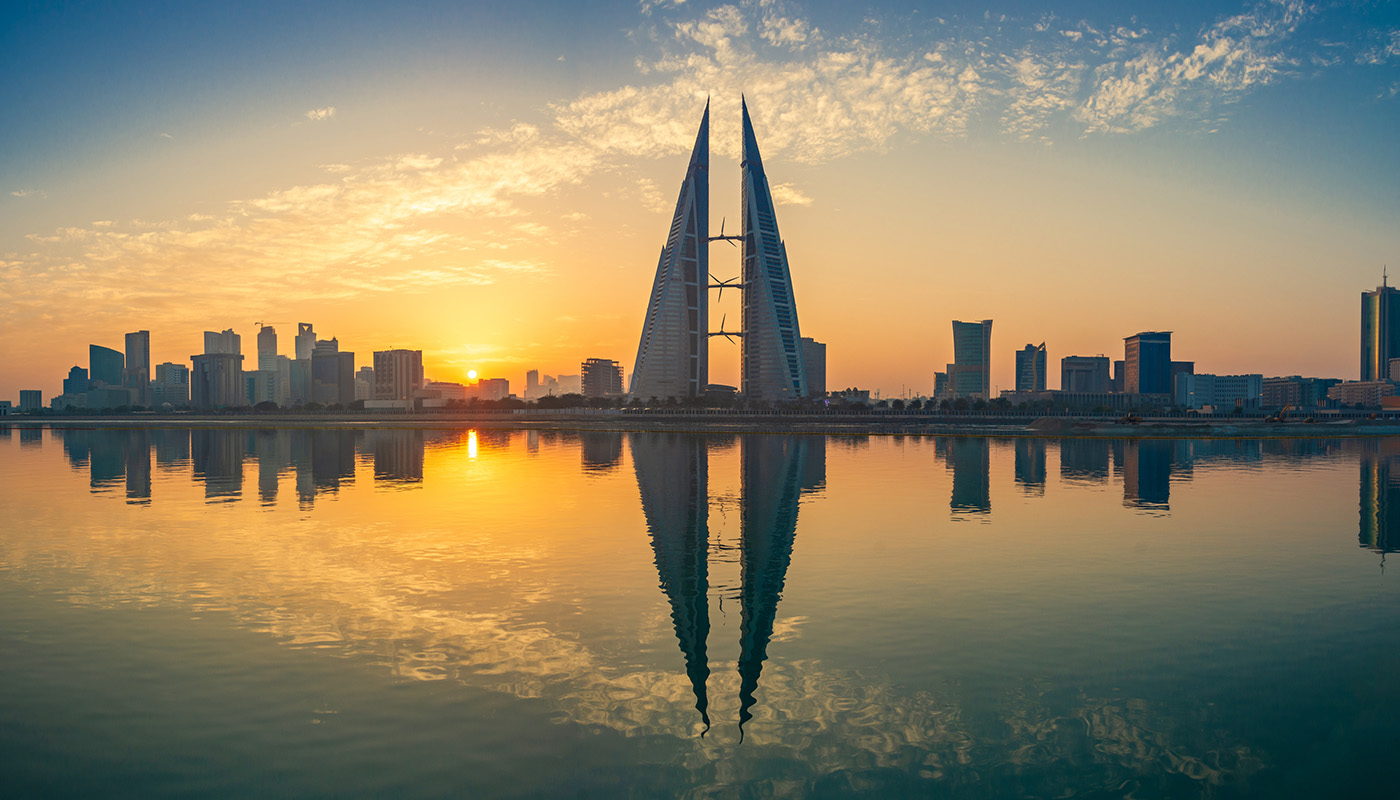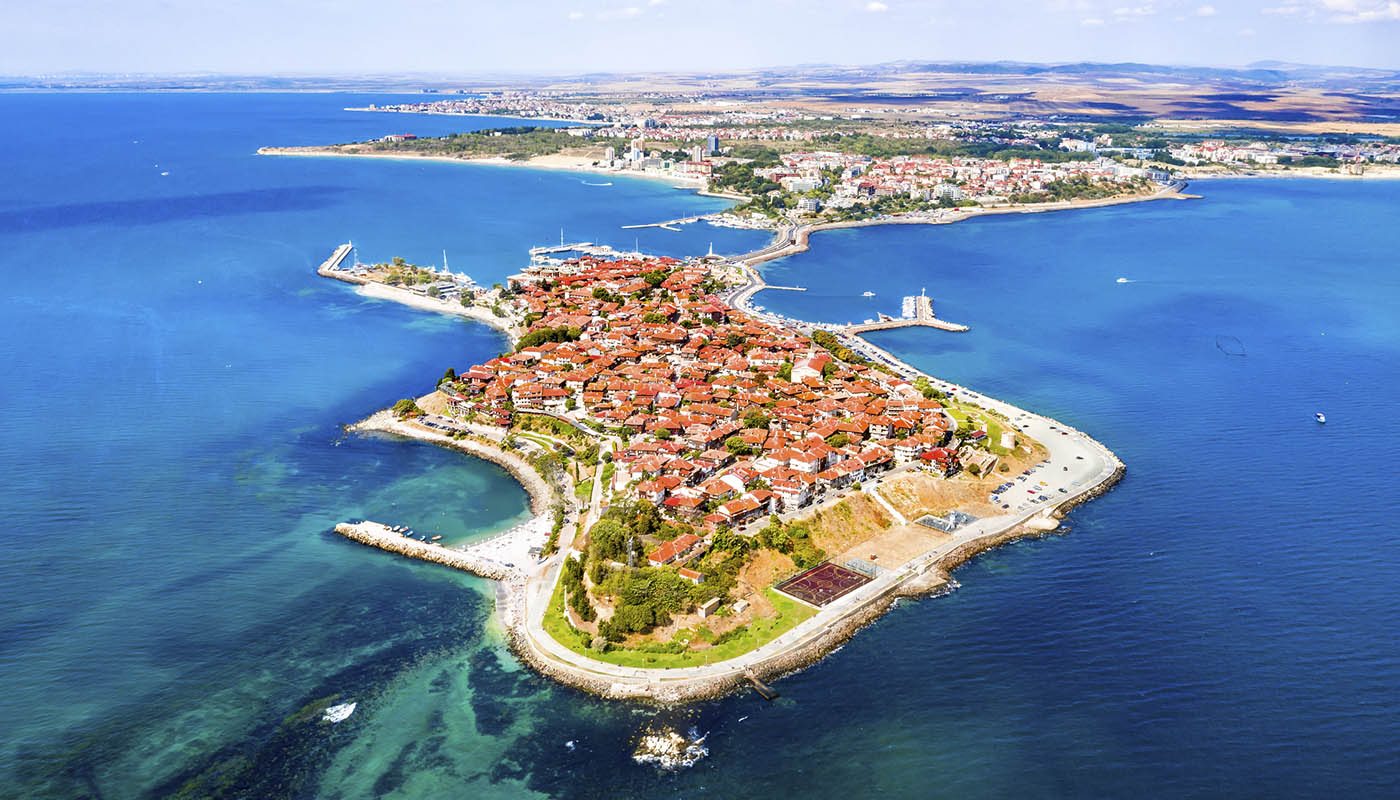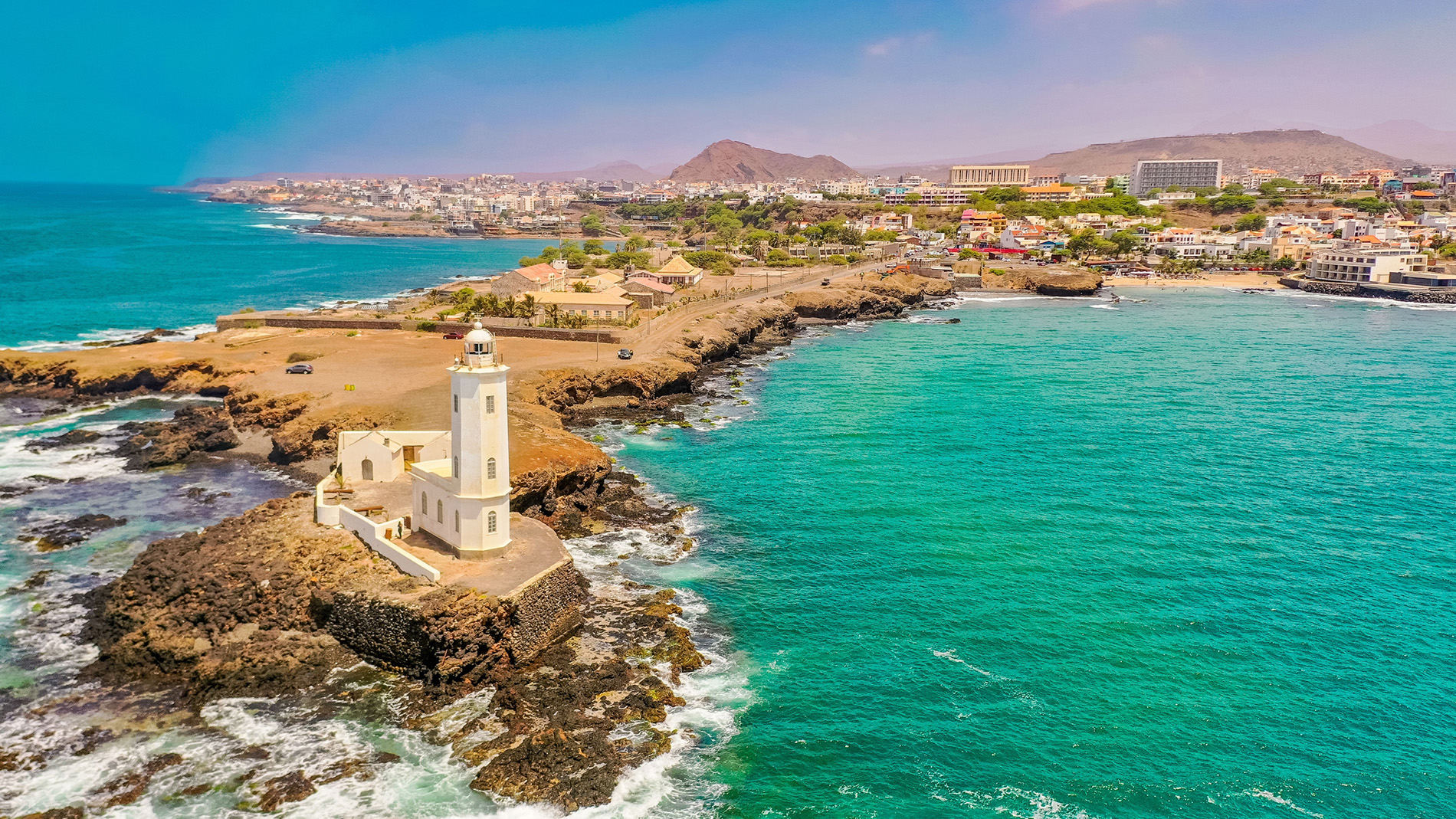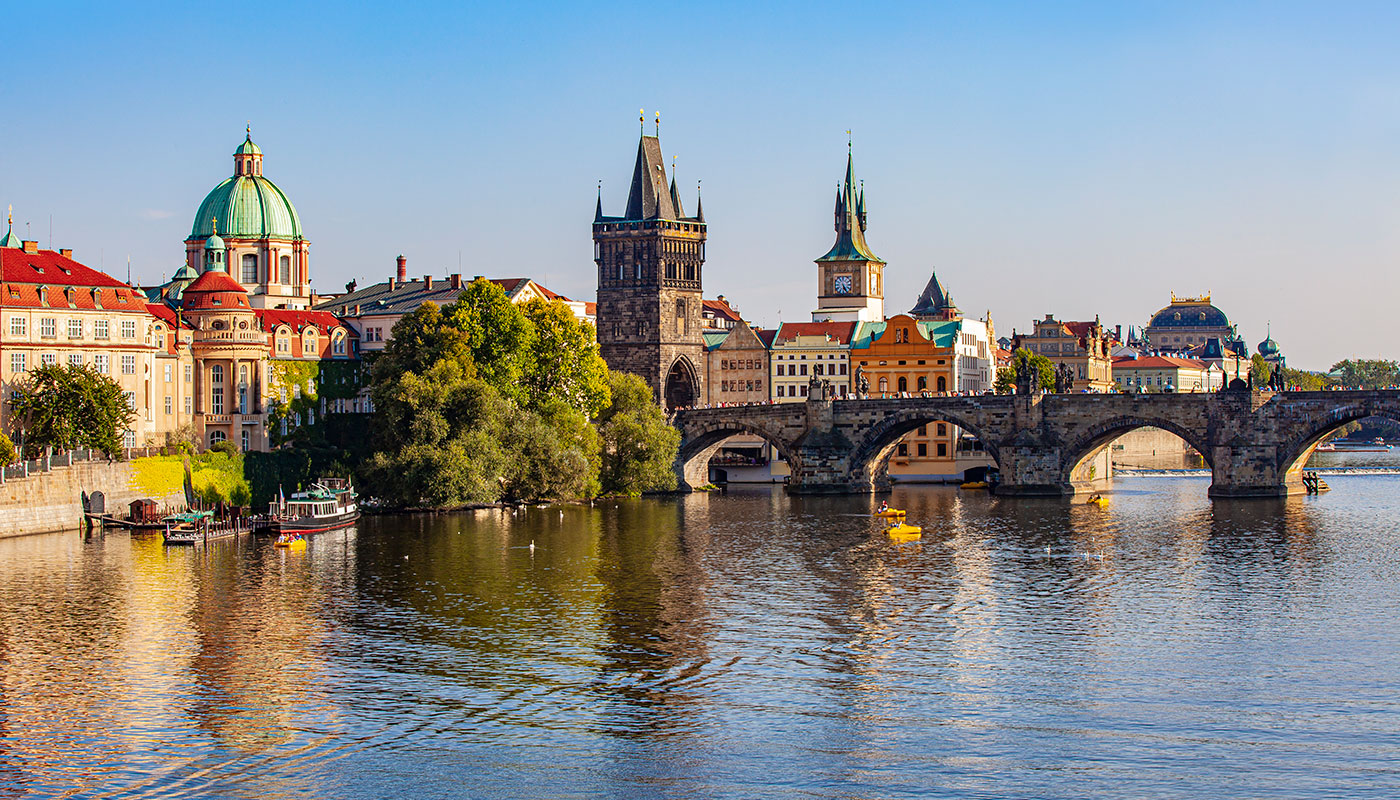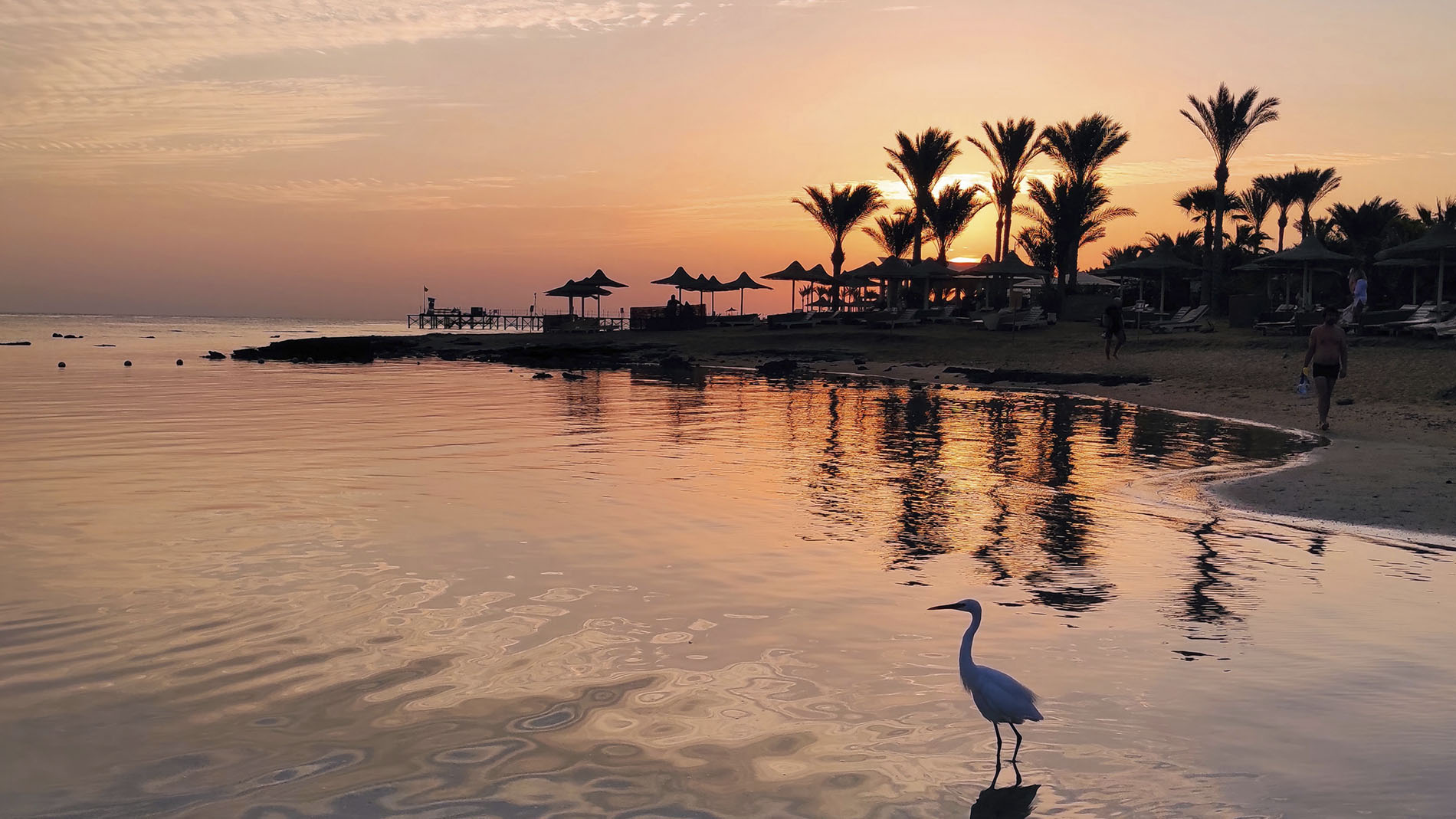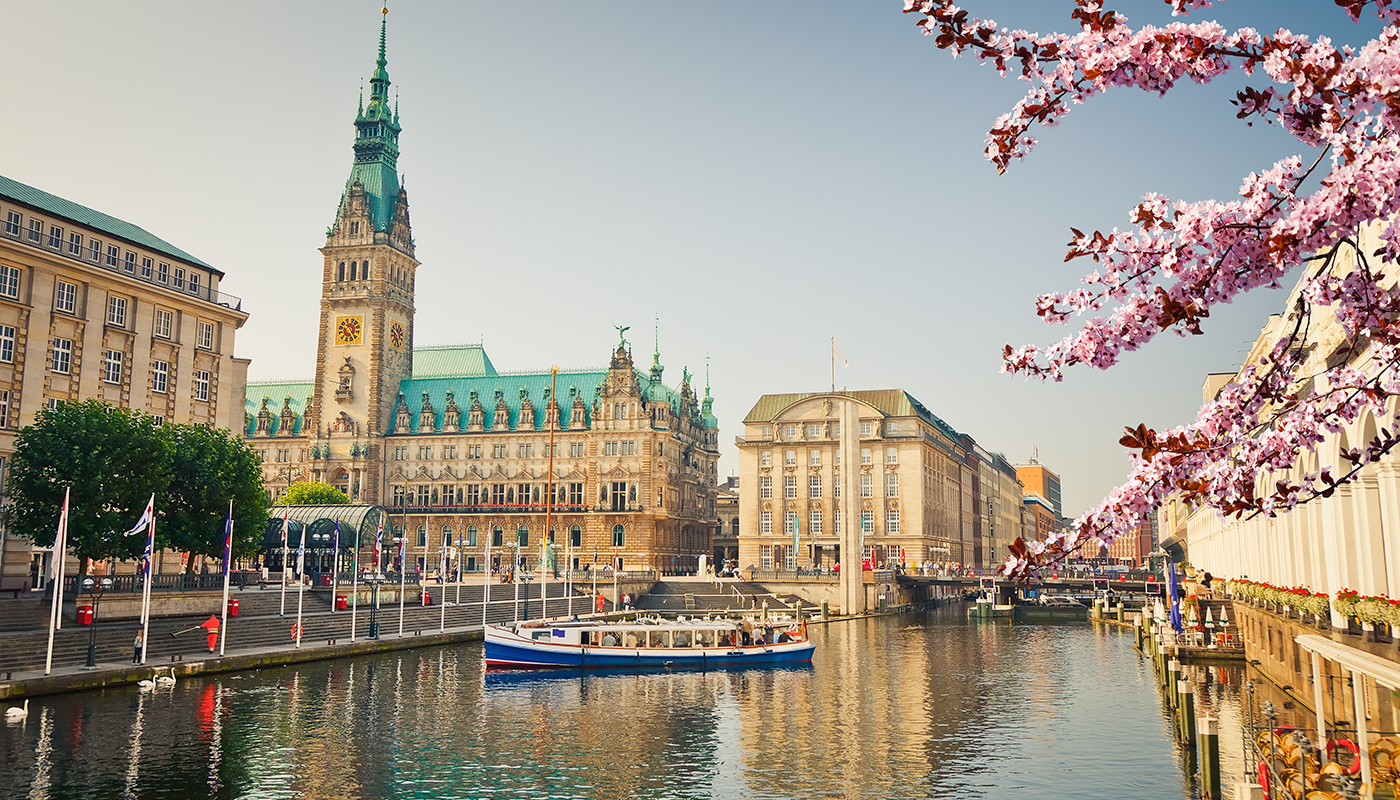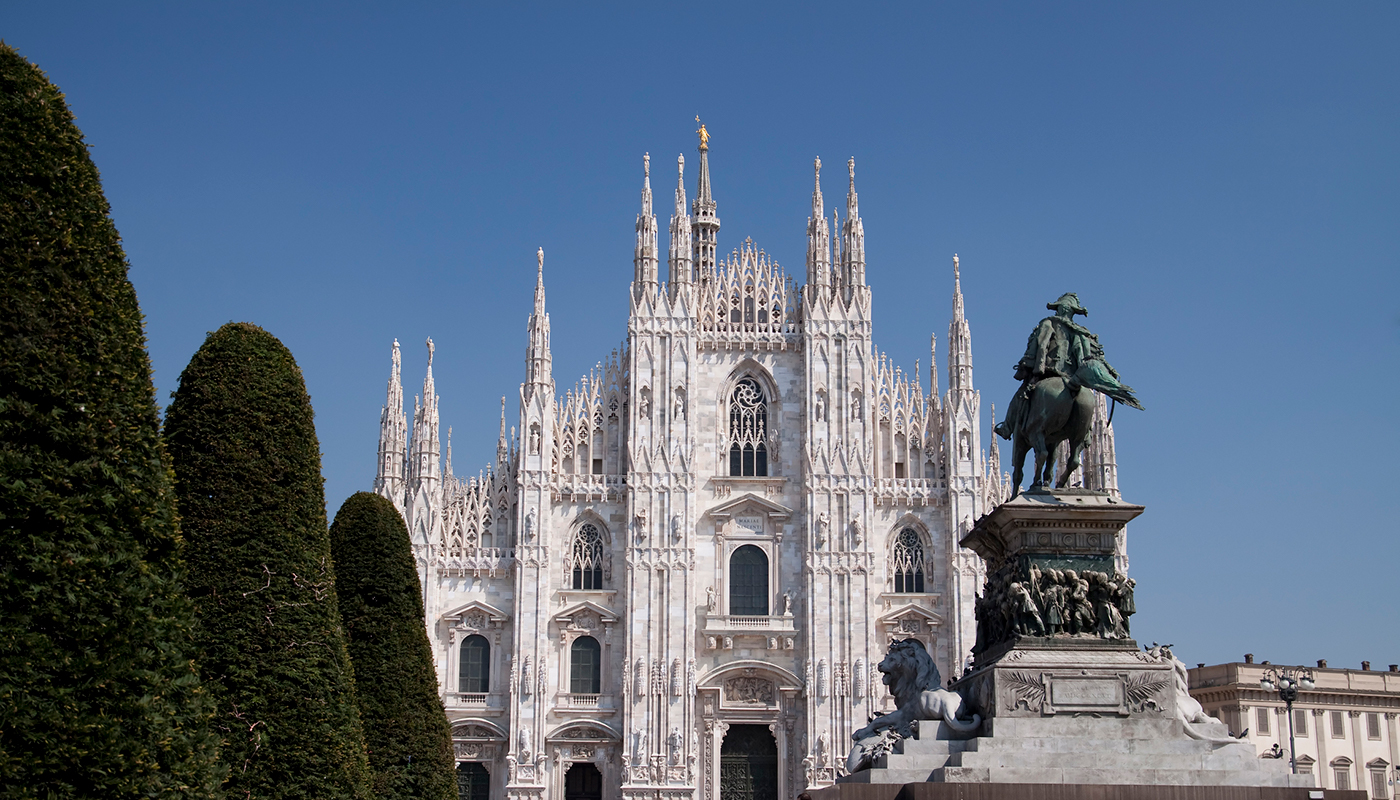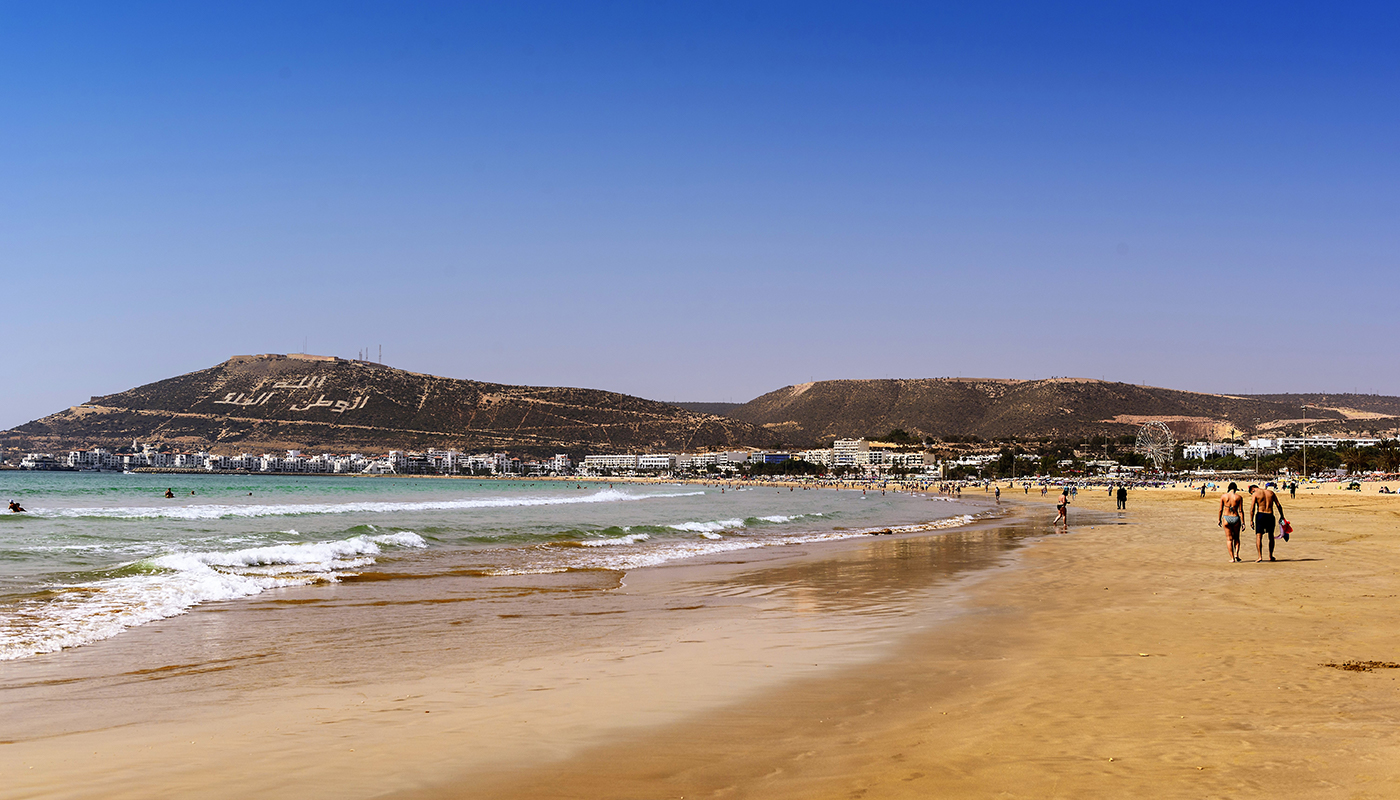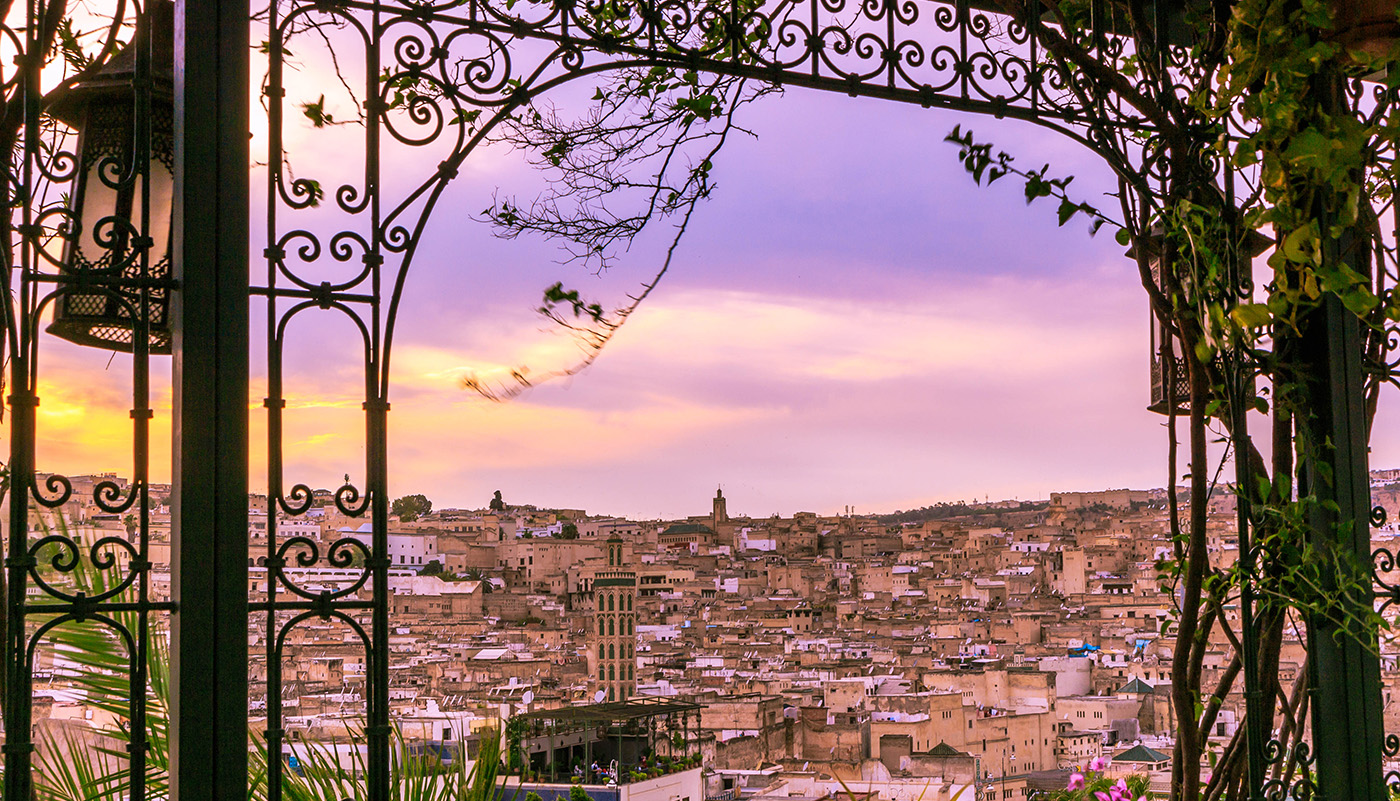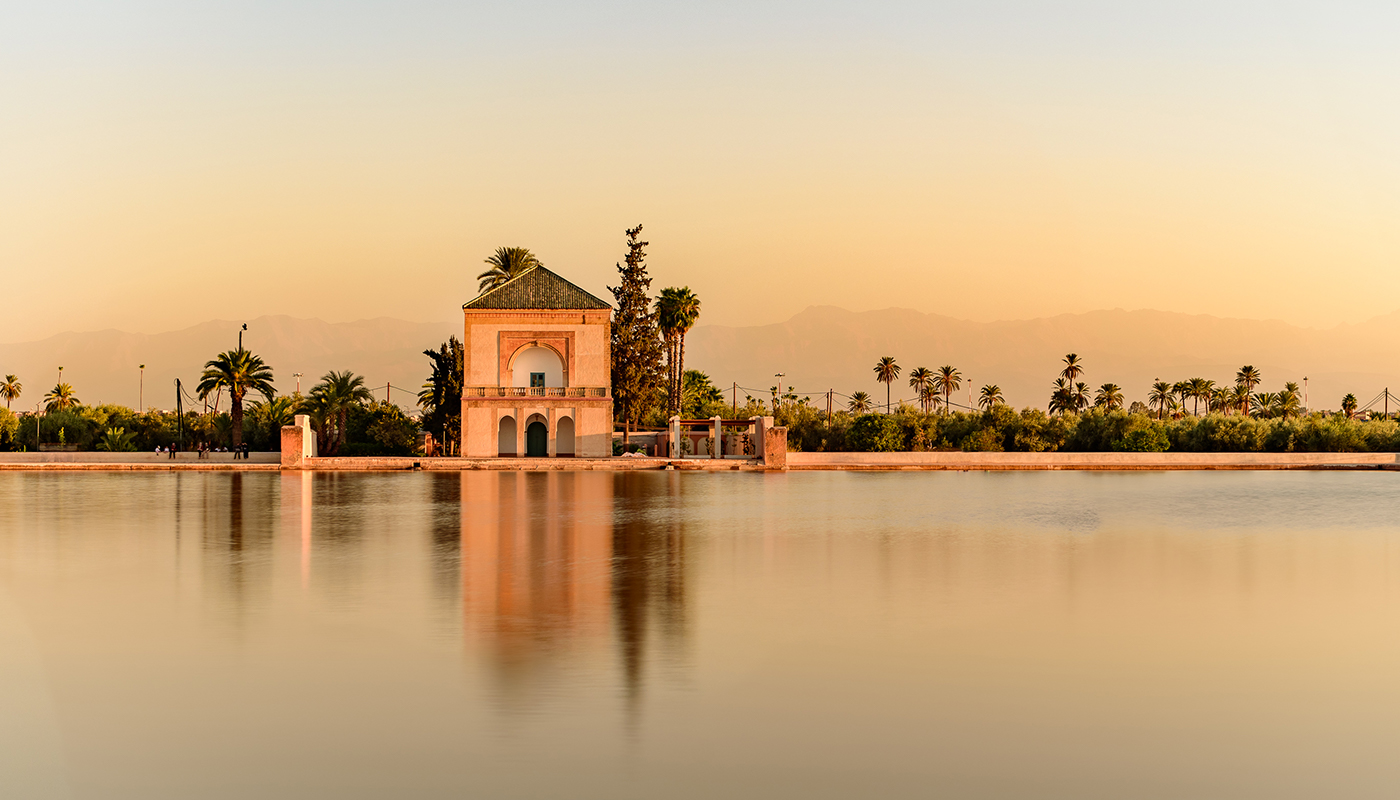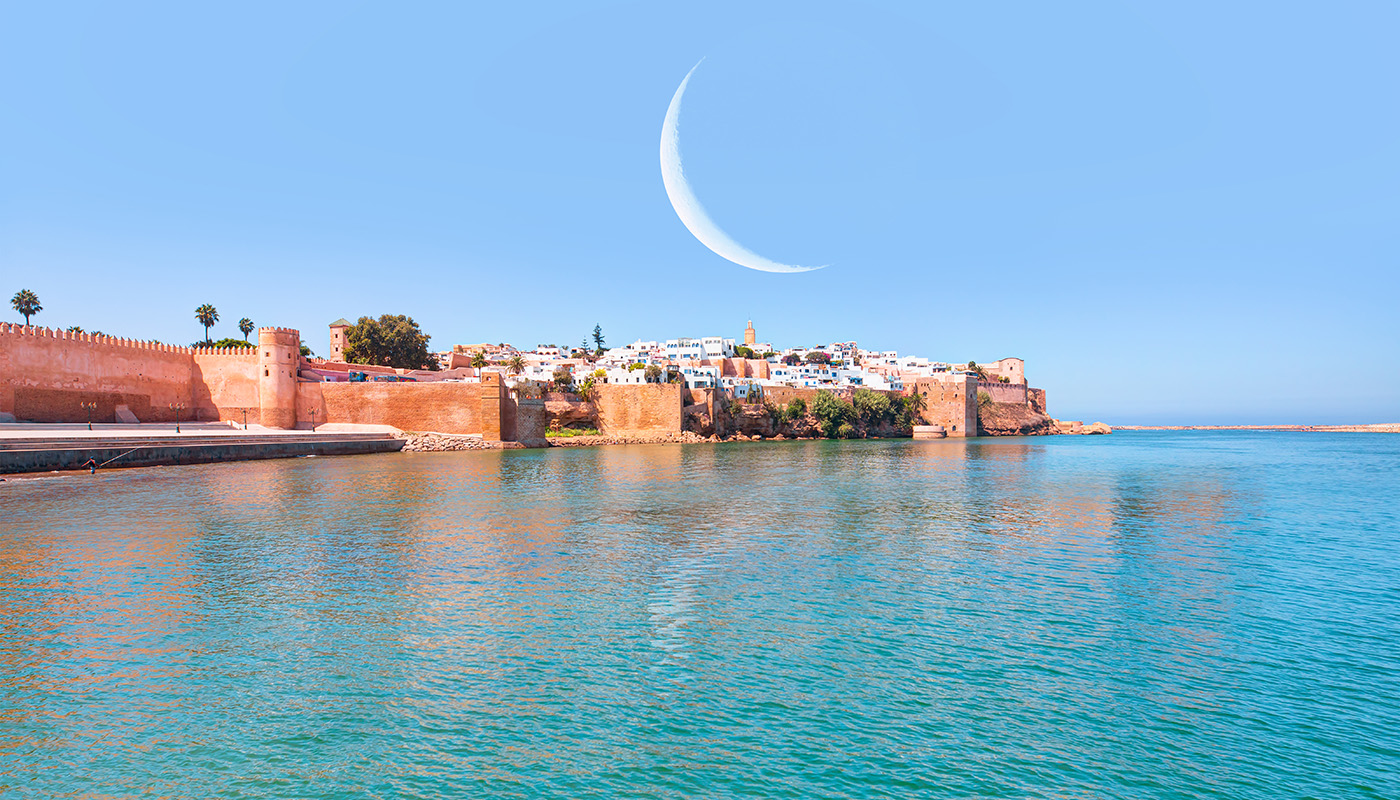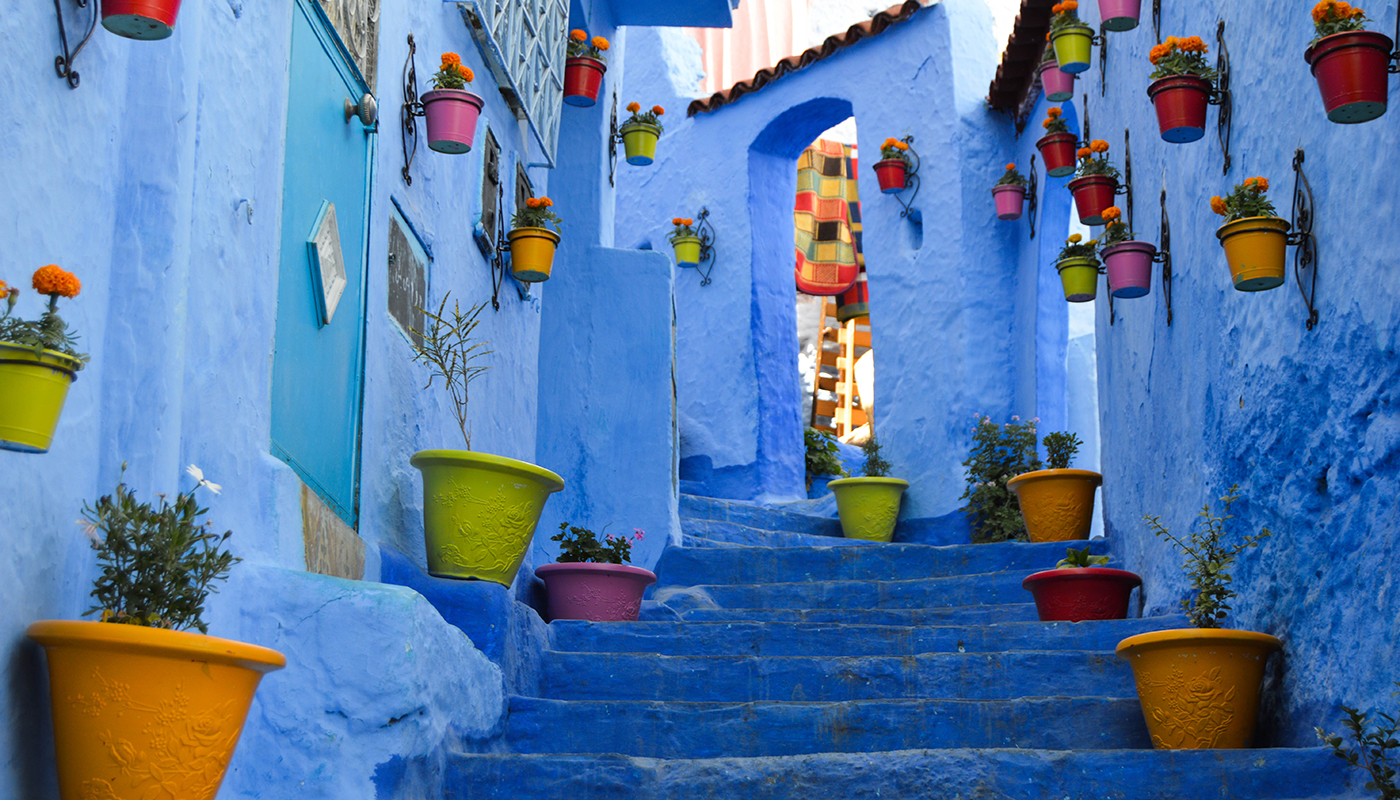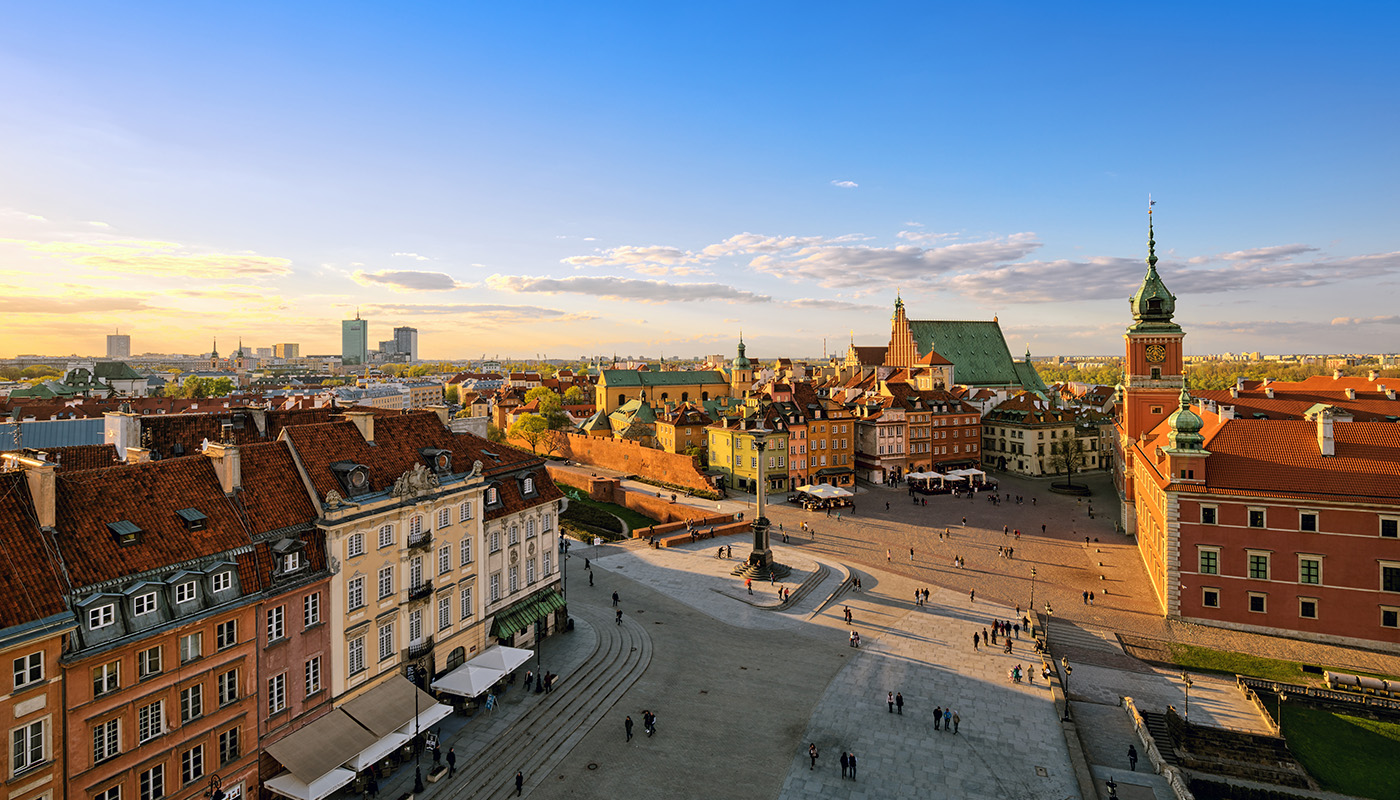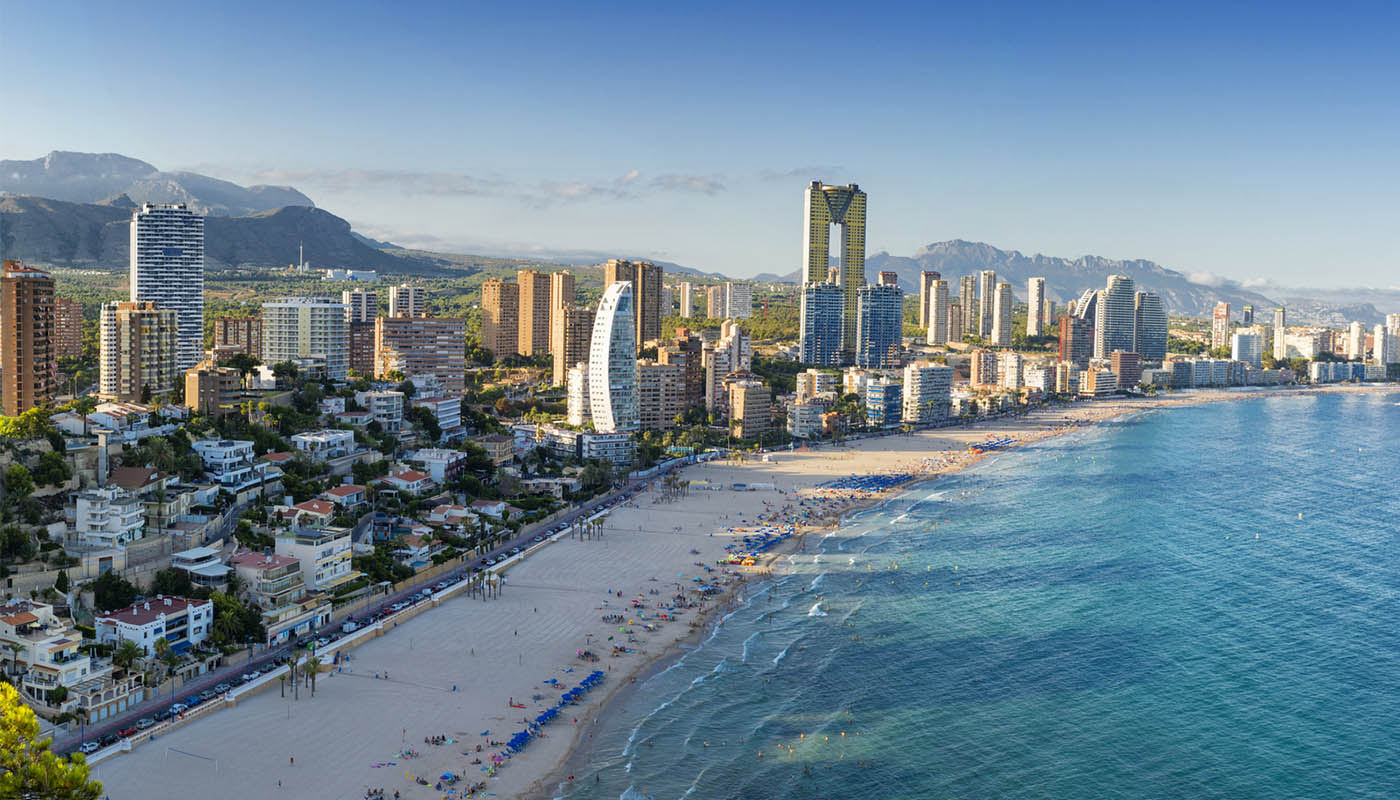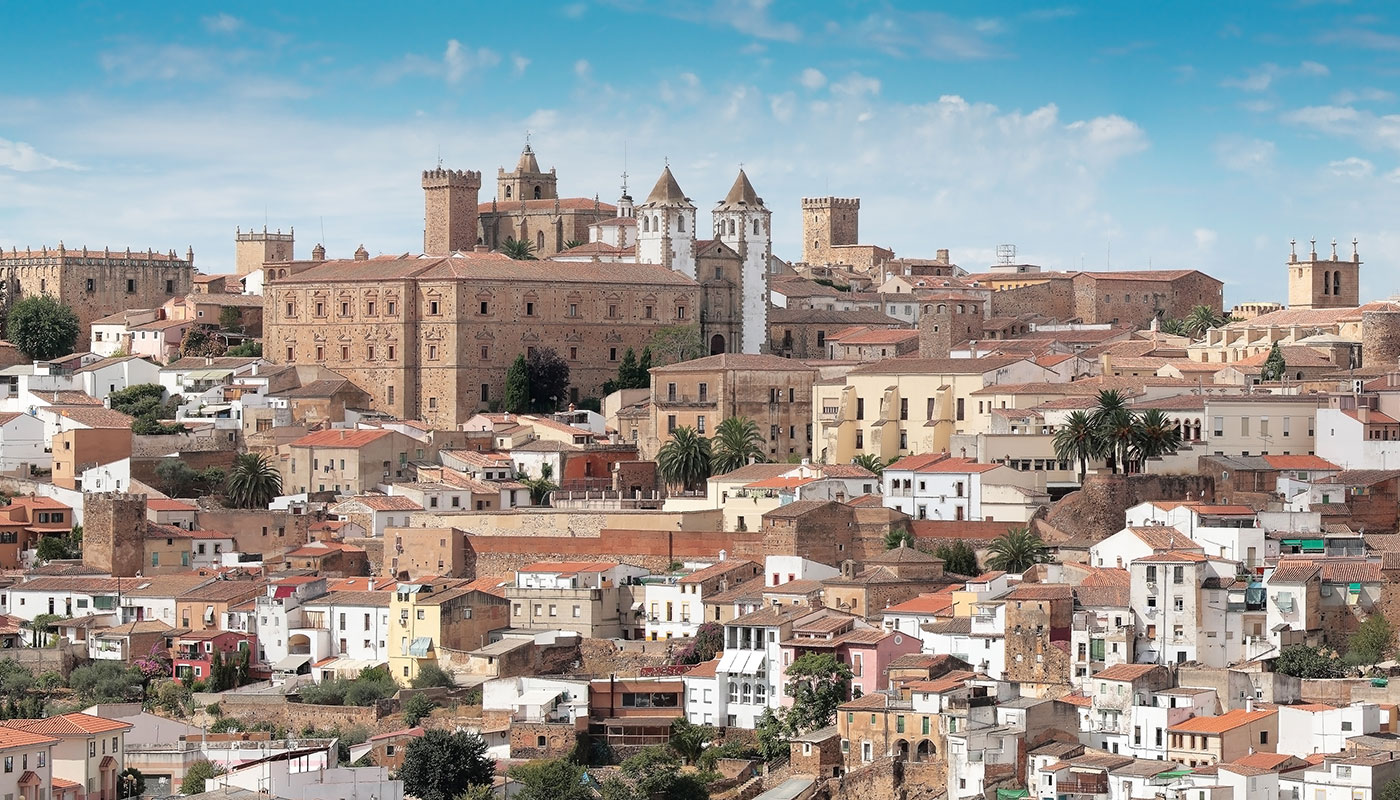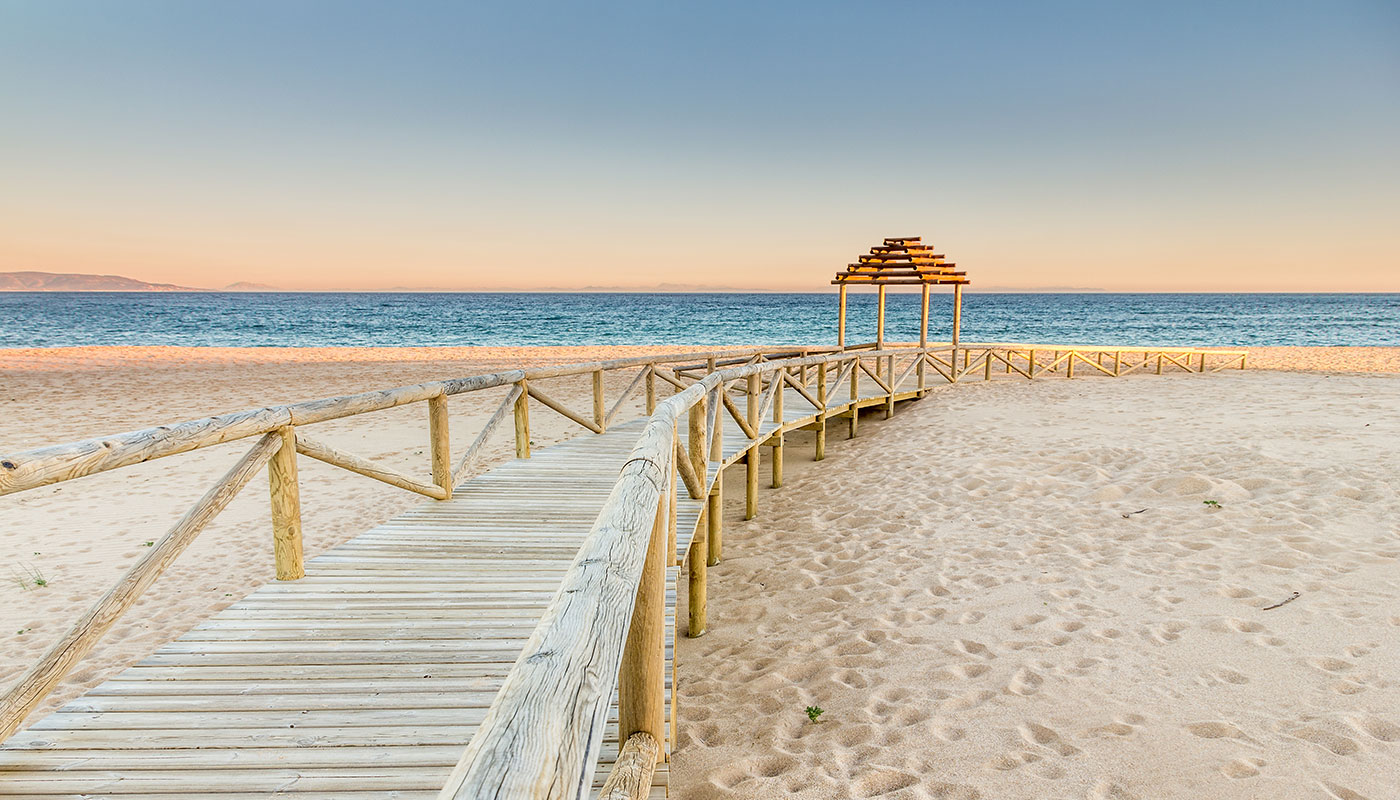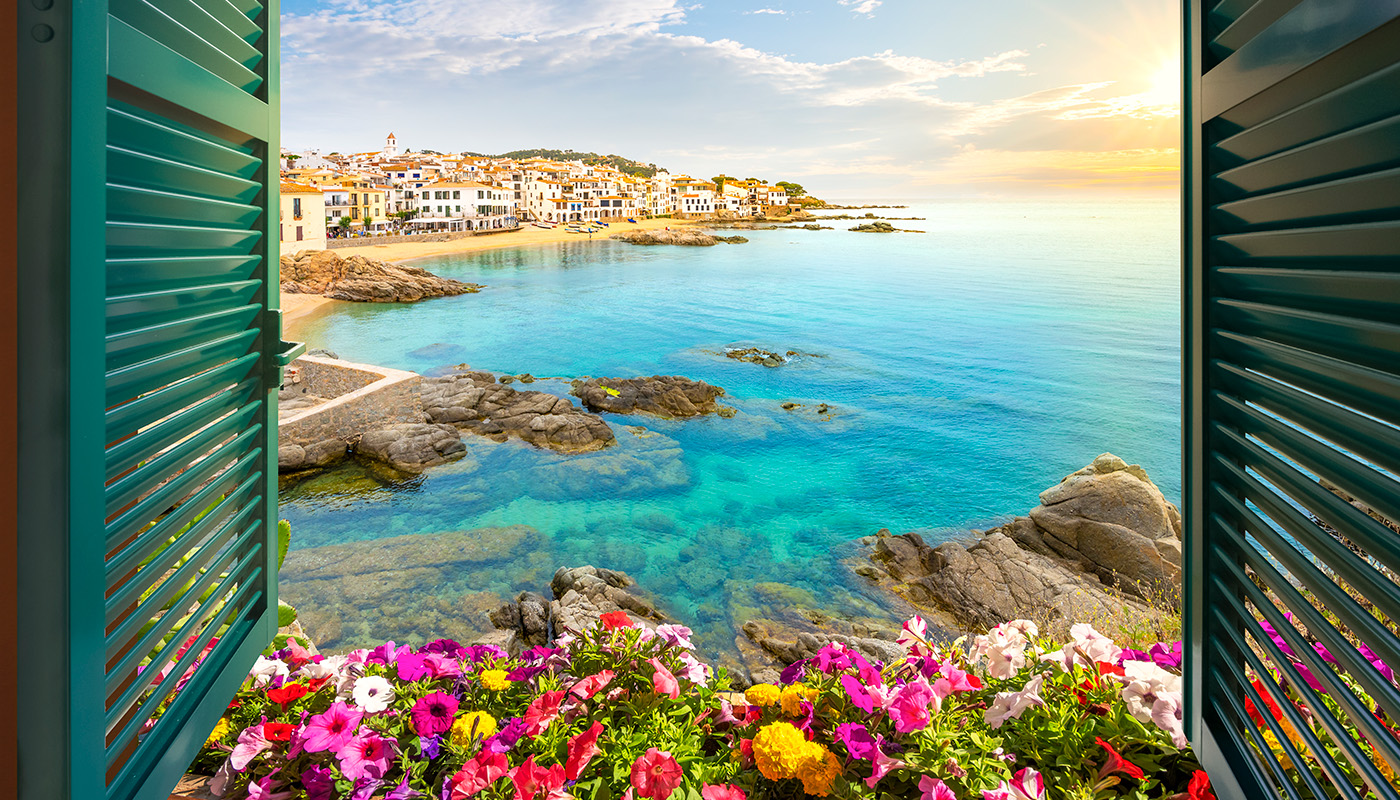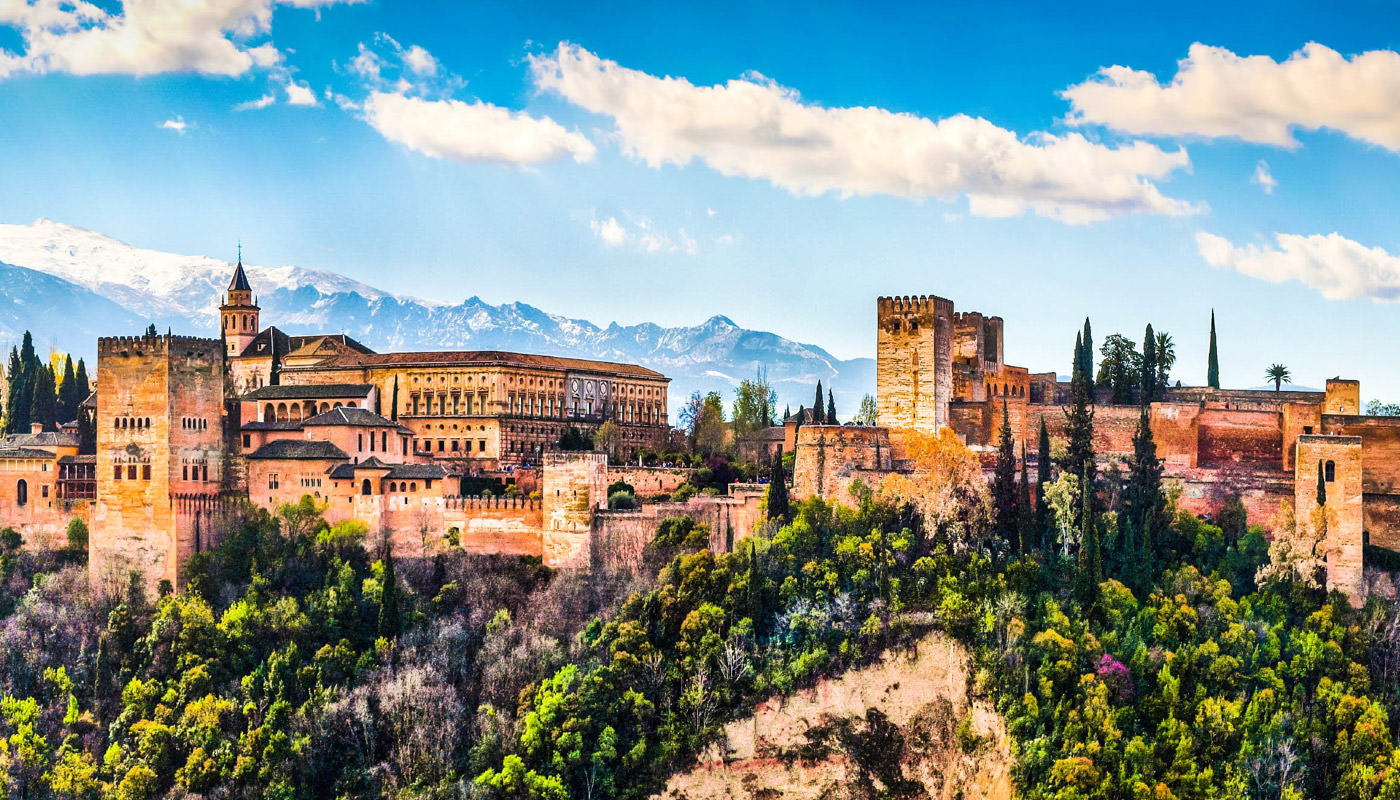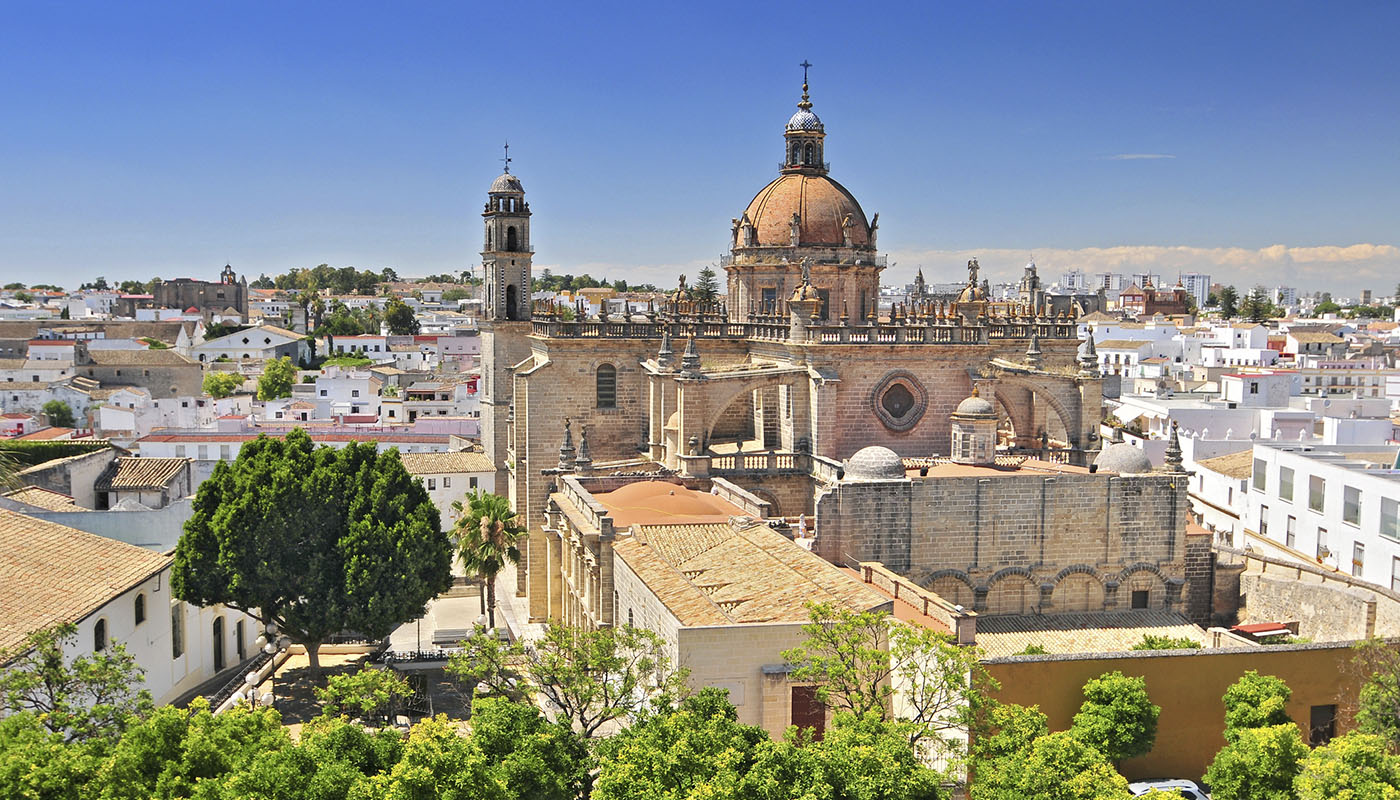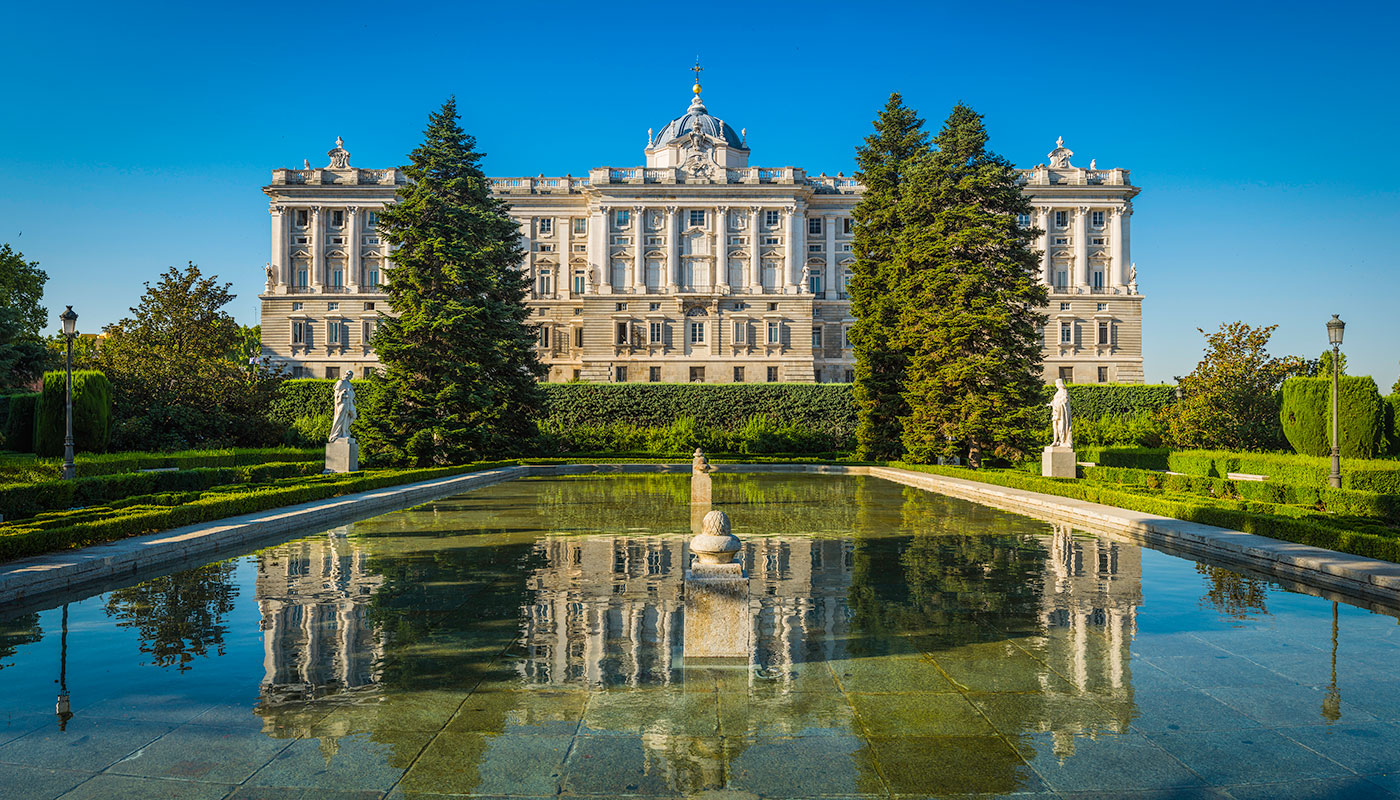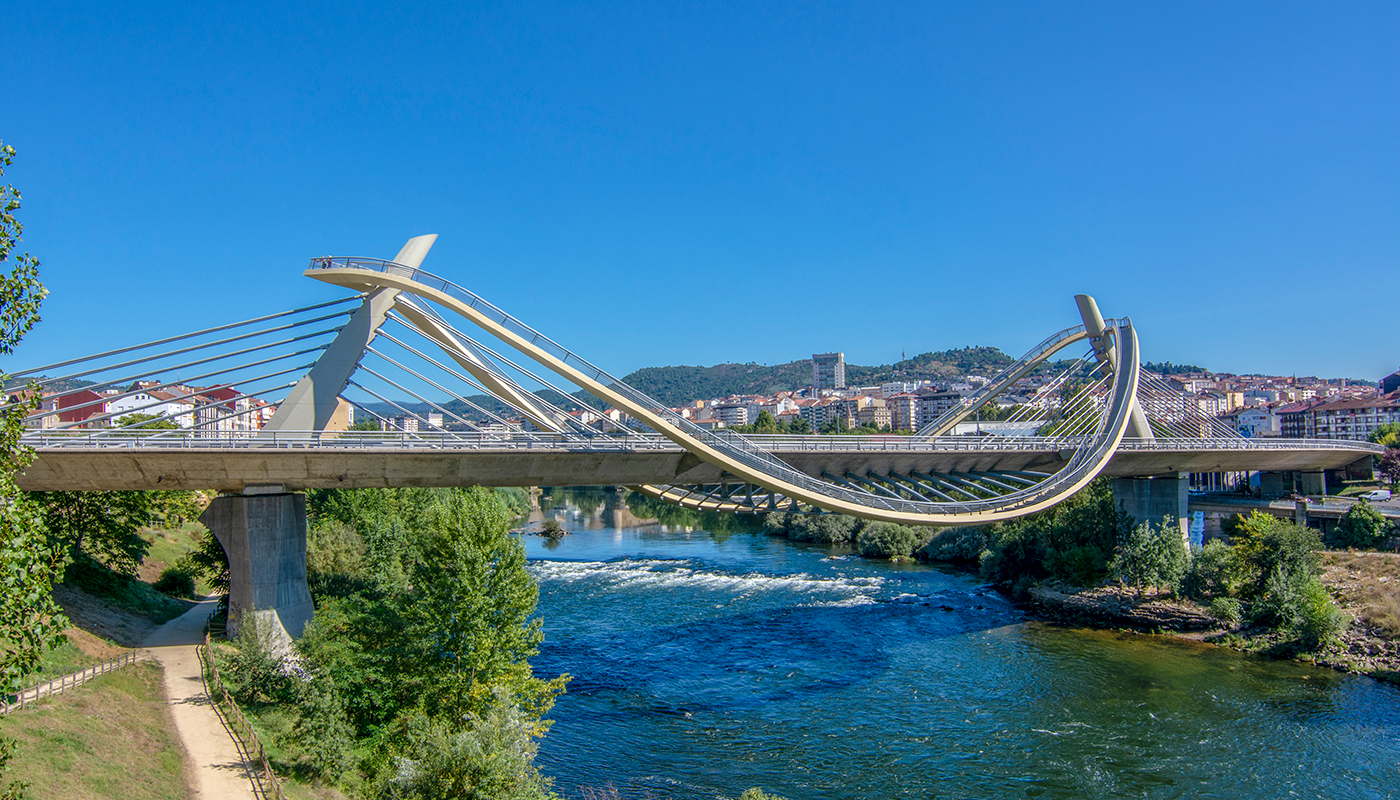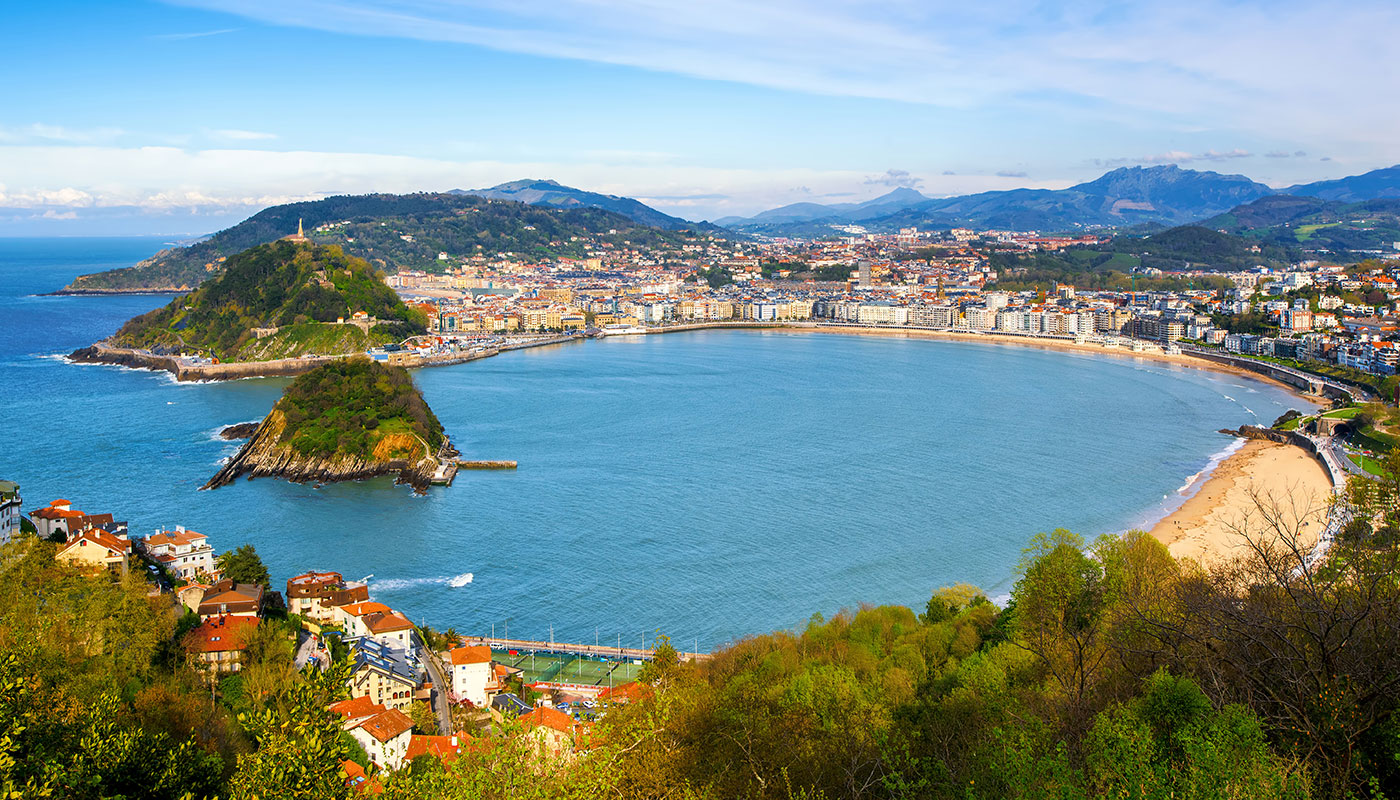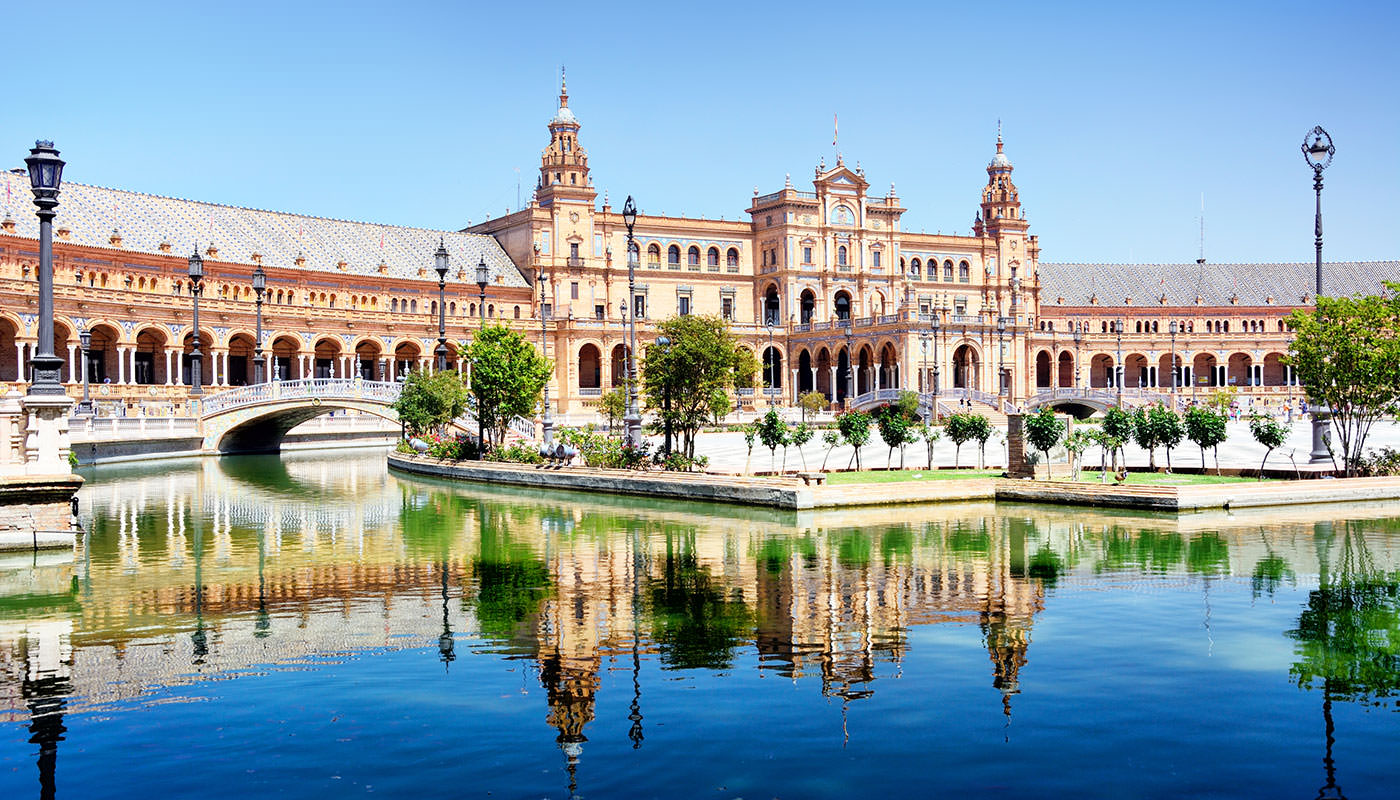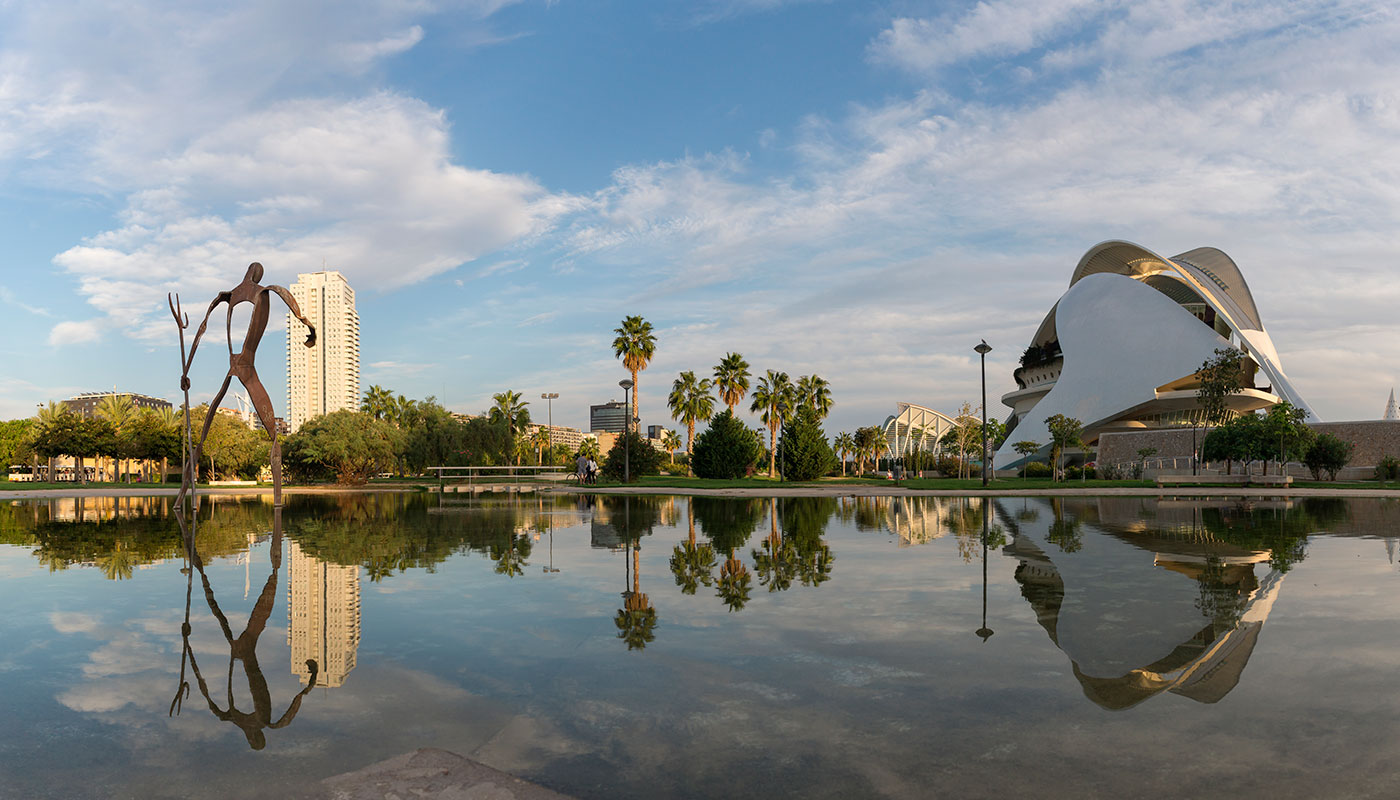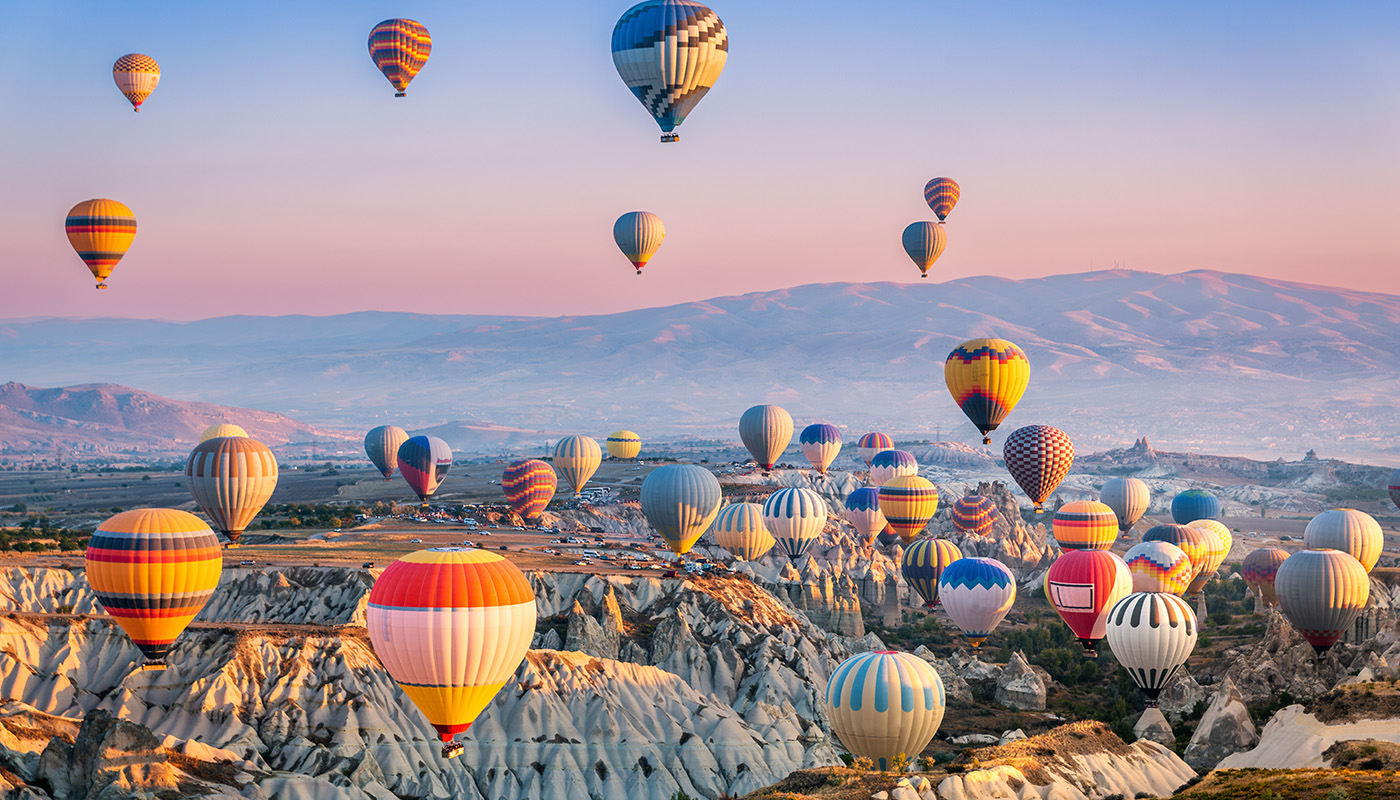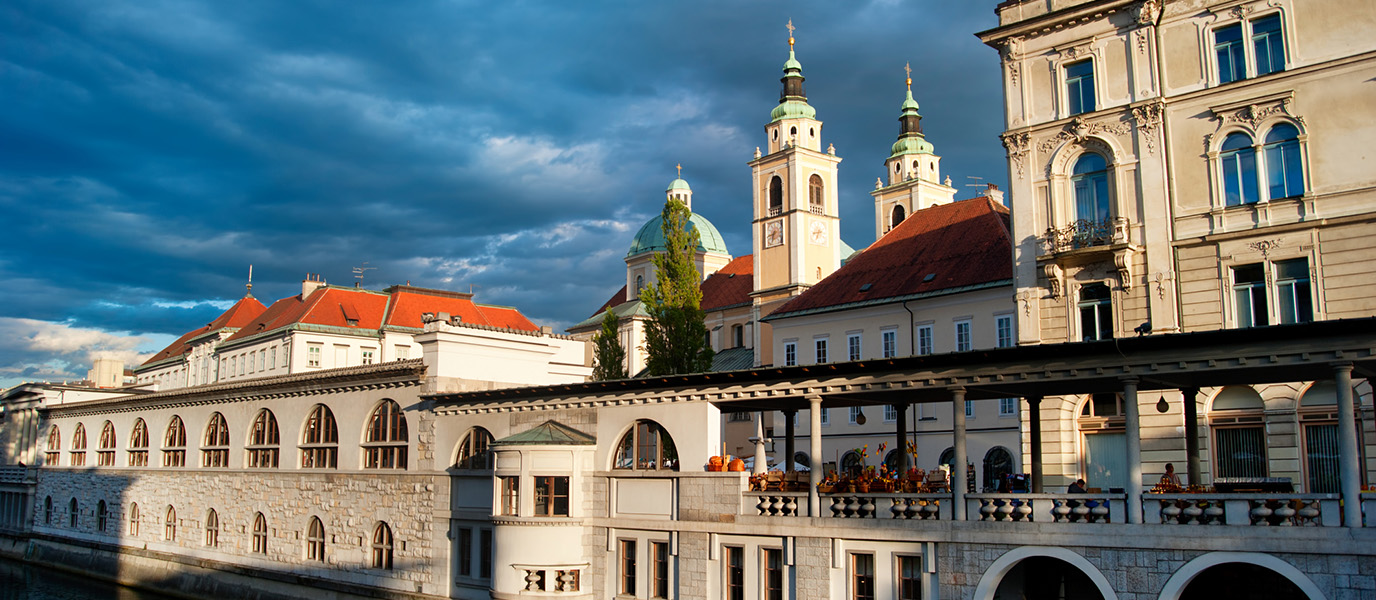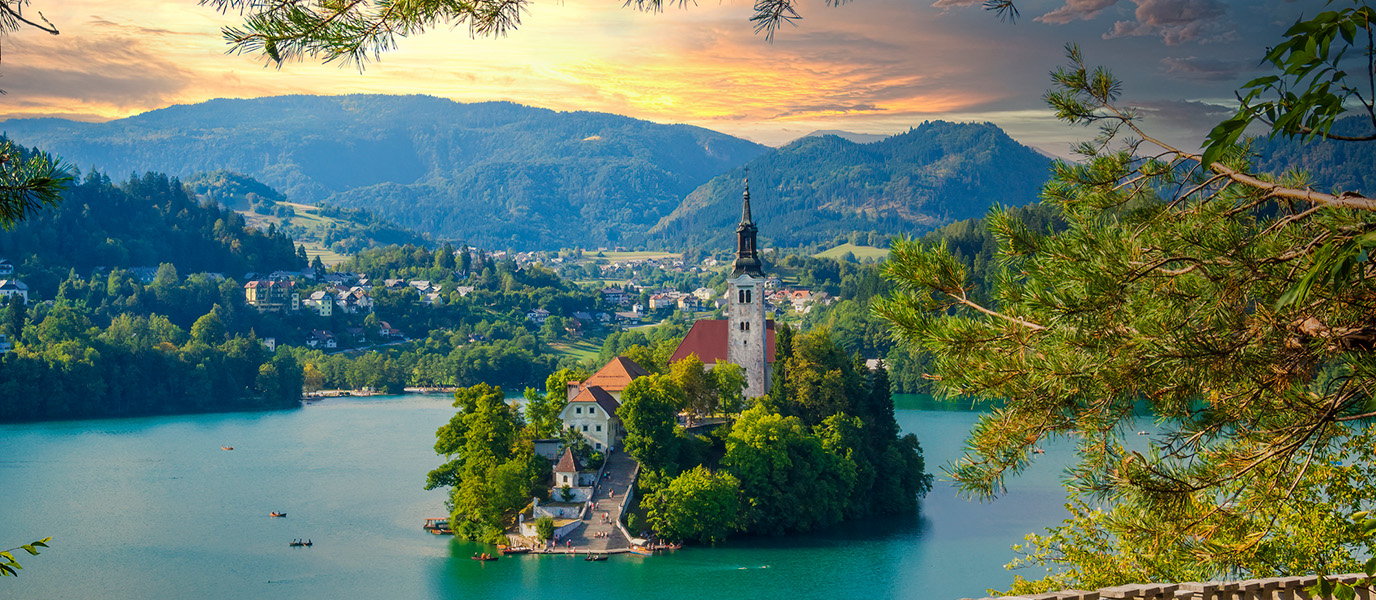In the heart of Triglav National Park, surrounded by the mighty Julian Alps, you’ll find Lake Bohinj, the largest glacial lake in Slovenia. With emerald green and turquoise-blue hues, its crystal-clear waters mirror the surrounding peaks, creating a dreamlike landscape. Formed during the last ice age, Bohinj offers both tranquillity and adventure. In its surroundings, hiking on routes like the Juliana Trail and fishing are as popular as water activities like kayaking or swimming in summer. In addition, its cultural legacy with events like the Cheese Festival connects visitors with the traditions of this unique Alpine region.
Natural setting of the lake: a turquoise mirror in the heart of the Julian Alps
Lake Bohinj is an impressive glacial lake that was formed over 10,000 years ago during the last Ice Age. Situated at an altitude of 525 metres above sea level, the lake covers an area of 3.18 square kilometres with a maximum depth of 45 metres. These dimensions make it the largest natural lake in Slovenia, though its charm lies not only in its size but in its prime location in the Bohinj Valley, surrounded by the majestic peaks of the Julian Alps.
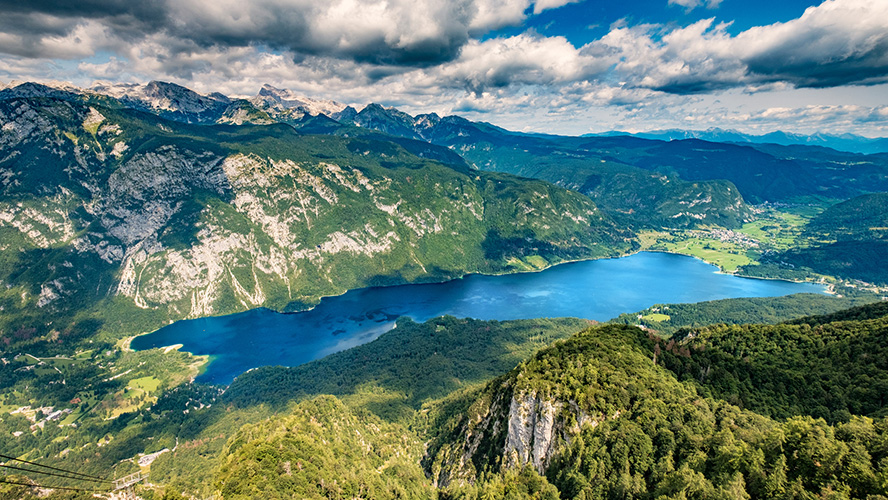
The lake is fed by the River Savica, whose waters tumble down a spectacular waterfall just a few kilometres from the lake, flowing into the River Sava Bohinjka, which runs into the famous River Sava. This water system not only ensures the purity of Bohinj’s waters but has also shaped a landscape that looks like something out of a fairy tale. On sunny days, the lake’s waters take on turquoise hues that contrast with the deep green of the surrounding forests, while in winter, a mysterious mist often envelops the area, adding a dreamlike atmosphere.
The biodiversity of the lake and its surroundings is remarkable. Among the fish that inhabit its waters, the Danube trout, a native species, stands out, while the forests and meadows are home to deer, foxes and a wealth of bird life. This balance between water, land and wildlife has turned Lake Bohinj into a key spot within Triglav National Park, the only nature reserve of its kind in Slovenia and a national landmark.
How to get there: routes to explore a hidden paradise
Getting to Lake Bohinj is easy thanks to how close it is to Ljubljana, some 80 kilometres away. If you plan on driving, you can take the E61 road towards Jesenice and continue to Bled before following the signs to Bohinj. This journey, which lasts about an hour and a half, offers spectacular views of the Julian Alps and little Slovenian villages dotted across the landscape.
For those who prefer public transport, direct buses from Ljubljana’s main station are a practical and inexpensive option, with a journey time of around two hours. You can also take a train to Bohinjska Bistrica, the nearest village to the lake, and complete the journey by bus or taxi. During the summer months, some tourist services offer direct transfers linking Bohinj with other popular destinations like Bled or the Soča Valley.
If you’re coming from abroad, the nearest airport is the one in Ljubljana, which offers frequent connections to major European cities. From there, hiring a car or catching a bus will easily get you to this idyllic corner of the Julian Alps.
What to see on your visit: alpine landscapes mirrored in the lake’s glassy surfac
Lake Bohinj, nestled in the heart of Triglav National Park, is an alpine gem that never ceases to amaze. On arrival, the Church of St John the Baptist will immediately catch your eye, standing beside a stone bridge over the Sava Bohinjka River on the lake’s eastern shore. This medieval church, with 15th-century frescoes depicting biblical scenes and a unique bell tower, is a testament to the connection between the landscape and local culture.
A walk around the 12-kilometre circuit of the lake is a must to fully appreciate its beauty. This tour, which can be completed in about three or four hours, takes you through natural beaches and lush forests. Here you can stop for a swim in crystal-clear waters, perfect for cooling off in summer, or simply enjoy the peace and quiet as the surrounding mountains reflect like a mirror in the lake. At its western end, you’ll find the pier where an electric boat awaits to take you out on the lake, offering a unique perspective of this natural paradise.
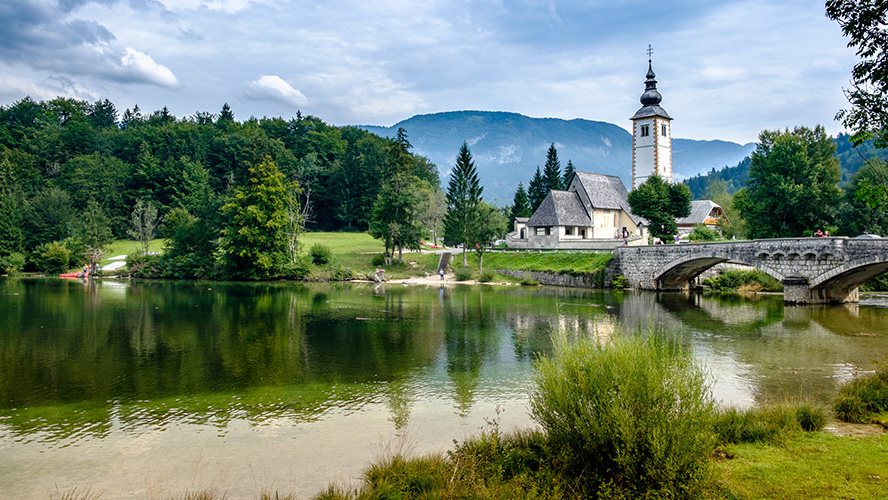
Another highlight is the impressive Savica Waterfall, located around four kilometres from the lake. This 78-metre-high waterfall is one of Slovenia’s most iconic natural wonders. A well-maintained path with stairs and viewpoints will lead you to this spectacle, which seems to spring directly from the glaciers of Mount Triglav. The power of the water and the surrounding landscape make this spot a must see on your visit to Bohinj.
Activities at the lake to suit all tastes, from fishing to hiking and water adventures
Lake Bohinj is a destination that offers something for everyone, from tranquil escapes to thrilling adventures. During the summer months, its crystal-clear waters, although somewhat cold, are perfect for swimming or enjoying water sports like kayaking, paddleboarding or rowing, ideal for exploring every corner of the lake.
Bohinj is a paradise for fishing enthusiasts. The Sava Bohinjka River, which flows from the lake, is known for its trout-rich waters and is a popular spot among fishermen. Both the lake and the rivers in the region offer plenty of opportunities for fishing, while respecting the local rules of conservation and sustainability.
Hikers also find Bohinj a perfect starting point. One of the standout routes is the Juliana Trail, a long-distance hike that crosses the most breathtaking landscapes of the Julian Alps. The trail around Bohinj provides stunning views of the lake and surrounding peaks, guiding you along well-marked paths in the heart of nature.
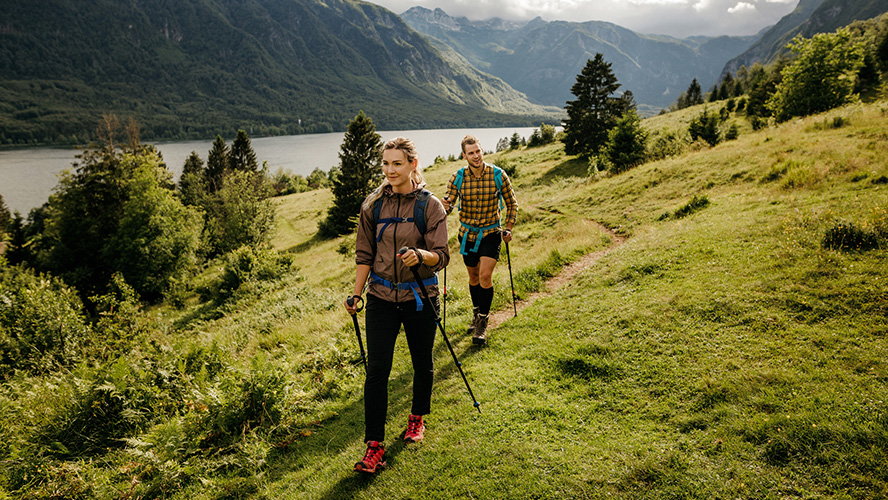
If you’d prefer a higher vantage point, the mountains surrounding Bohinj offer many additional routes. Among them, the ascent to Mount Vogel stands out, which you can also reach by cable car. From the top, the panoramic views overlook the lake, the valley and the peaks of Triglav National Park. In winter, the area is transformed into a ski resort, perfect for beginners and experienced skiers alike, attracting visitors from all over Europe.
For those looking for a bit more excitement, Bohinj offers activities like paragliding which lets you soar over the lake and mountains, giving you a unique perspective of the Alpine landscape. You can also venture into rock climbing or canyoning, two activities that combine physical challenge with the region’s natural beauty.
Bohinj is also rich in culture. The Bohinj Cheese Festival takes place every September, an event dedicated to the region’s pastoral traditions. At the festival, local producers display artisanal cheeses, including the renowned “Mohant” cheese alongside other regional favourites like honey, bread, and cold meats and sausages. This event isn’t just a gastronomic feast, but also a chance to discover the cultural roots and rural life of the Slovenian Alps.




